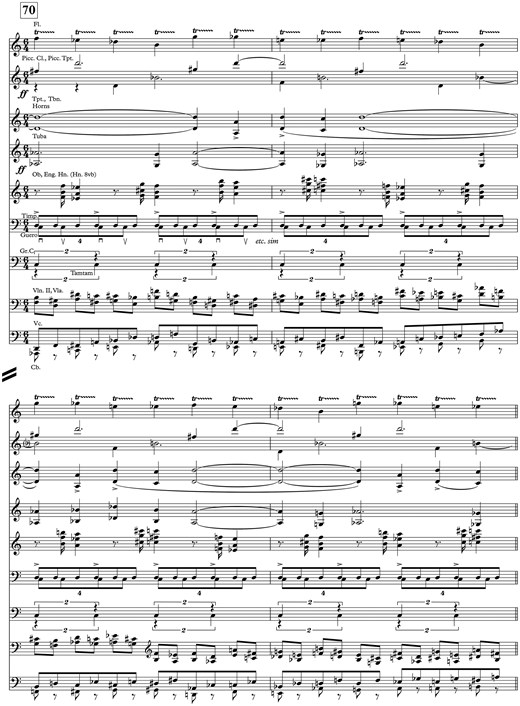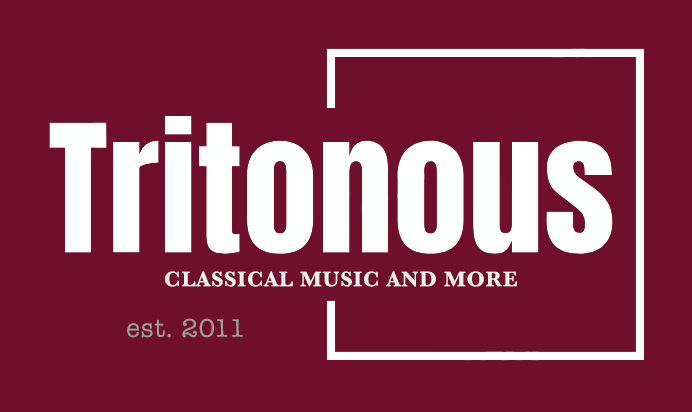From a new essay in the Music Quarterly by Joseph N. Straus of the City University of New York.
I find the article objectionable from the opening sentence on. Almost every assertion can be challenged, including this:
The Rite of Spring tells the story of religious rites of a primitive, pre-Christian tribe in which an innocent young woman is ritually murdered to propitiate a vengeful god. Who are these people? Ostensibly they are the primitive forebears of the Russian folk, as imagined by Stravinsky and Nicholas Roerich, the Rite’s co-creator, based on rather flimsy archeological and anthropological evidence. But in imagining this primitive people, I suspect that they drew on their more substantial knowledge of an apparently primitive pre-Christian people in their midst: the Jews. A widely shared stereotype of Jews sees them as old-fashioned, mystical, and superstitious, stubbornly clinging to their old superseded religion, with its arcane rites. In some cases, these rites are imagined to entail blood sacrifice, including the ritual murder of innocent young Christians—the “blood libel.” The story of The Rite of Spring thus resonates closely with the antisemitic stories told in the Cantata and A Sermon, a Narrative and a Prayer, in which the Jews murder Jesus and St. Stephen in furtherance of their primitive religious beliefs.
In telling this story musically, Stravinsky again represents Jews as contentious and hyper-rational, engaged in endless rule-bound hairsplitting amid a music characterized by noisiness and extreme contrapuntal complexity. In The Rite of Spring, this trope is enacted musically in the Procession of Elders, near the end of Part I (see ex. 4).

The post Academic argues that Stravinsky’s Rite of Spring is antisemitic appeared first on Slippedisc.










